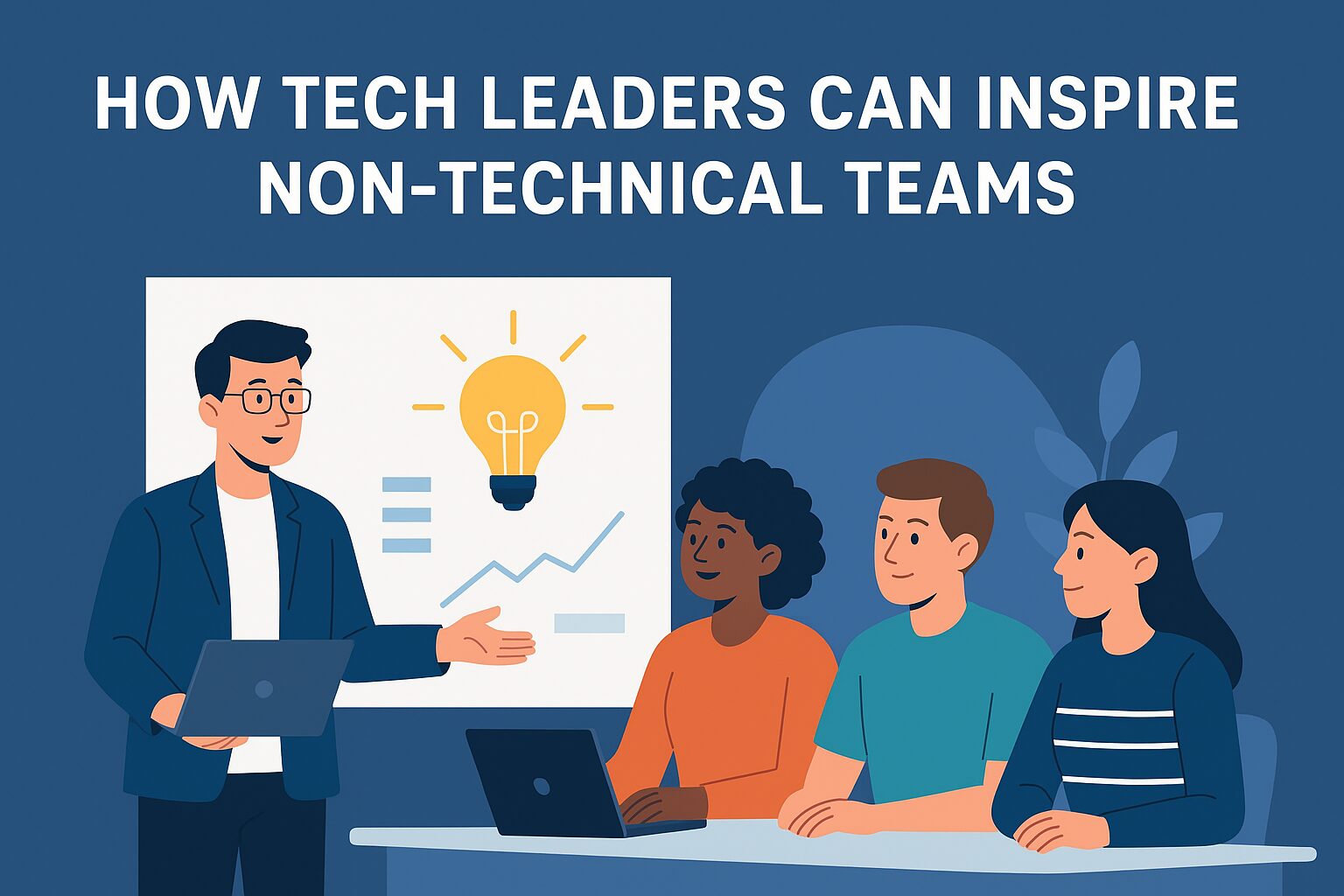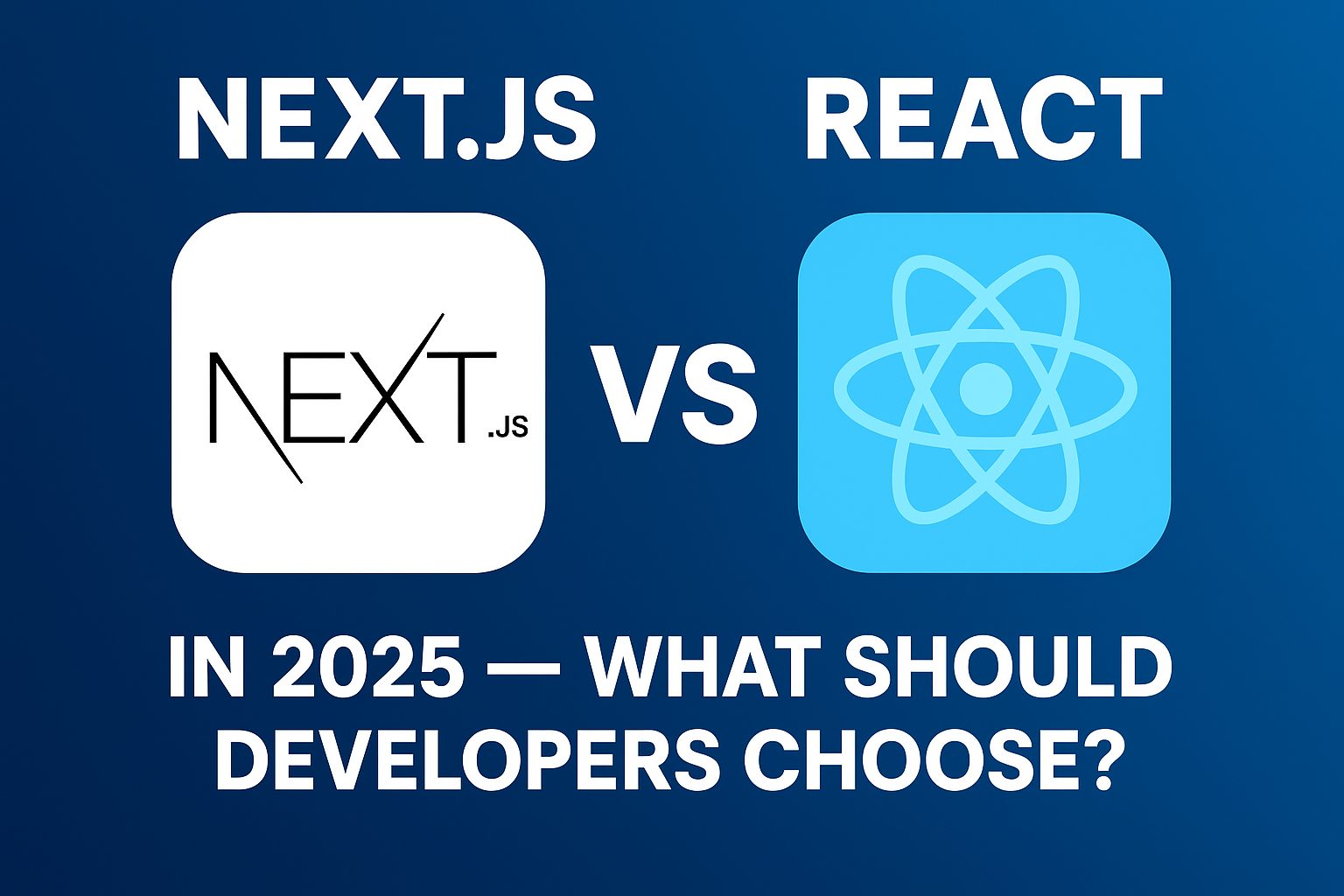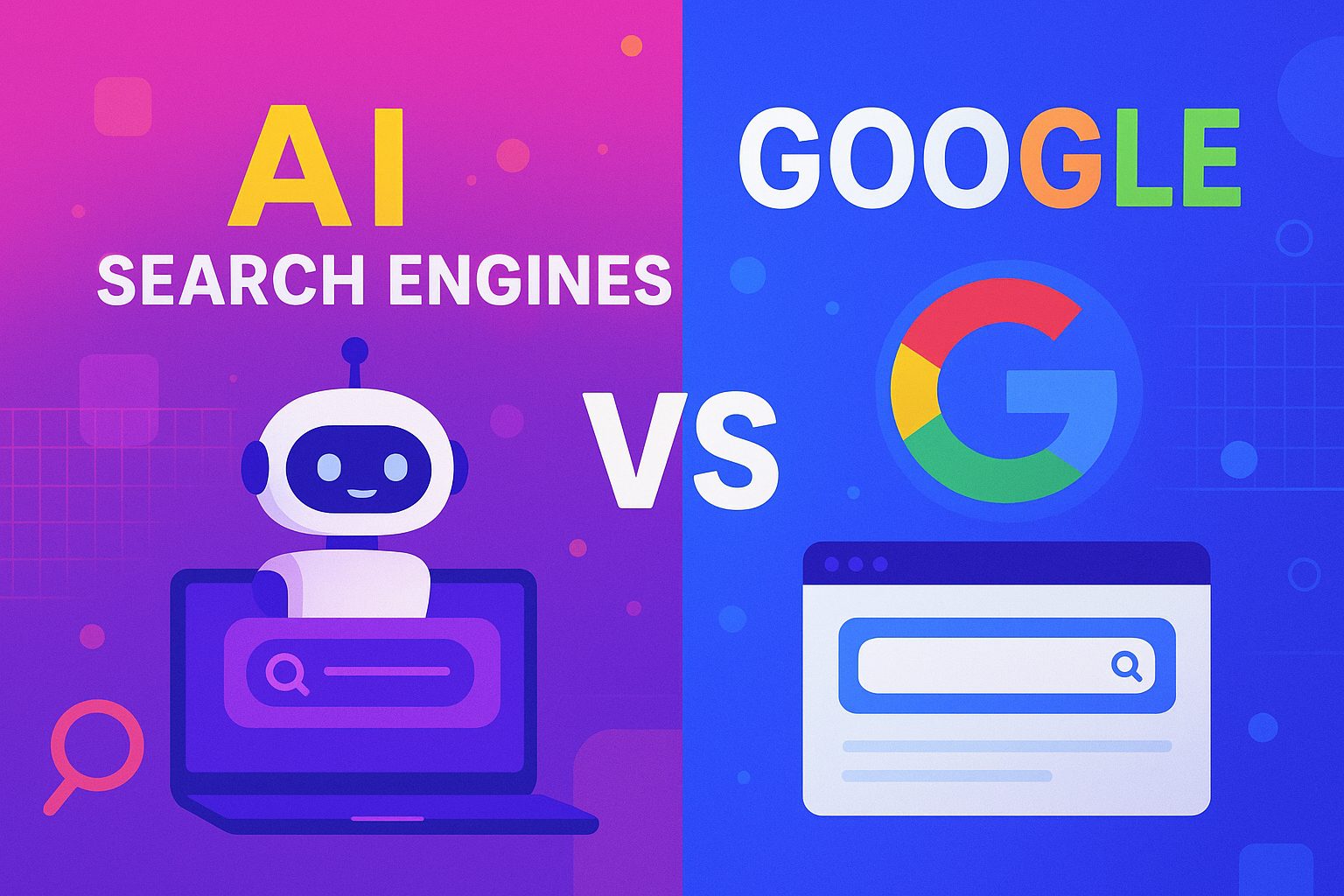In today’s fast-moving business landscape, technology touches every corner of an organization—from operations and marketing to sales, HR, and customer service. While tech-savvy professionals often lead the charge in innovation, success depends on the ability to inspire and empower non-technical teams as well. After all, true transformation happens when everyone across the organization understands, supports, and embraces technology-driven change.
So, how can tech leaders bridge the gap between technical expertise and non-technical roles? The answer lies in clear communication, empathy, collaboration, and creating a shared vision. Let’s explore the strategies tech leaders can use to inspire non-technical teams to become active contributors to innovation.
1. Translate Complex Technology into Clear Business Value
One of the most common barriers between technical and non-technical teams is language. Tech leaders often think in terms of code, systems, or platforms, while non-technical employees focus on results, customer experience, and revenue.
To inspire non-technical teams, leaders must translate complex technical concepts into clear business outcomes. For example, instead of explaining the technical details of a new software update, frame it as:
- How it will save employees time
- Improve customer satisfaction
- Reduce costs or errors
When people see how technology directly impacts their roles or the company’s success, they become more motivated to support and adopt it.
2. Foster a Shared Vision of Innovation
Non-technical teams often feel left out of the “big picture” when it comes to tech projects. Tech leaders can inspire them by creating a shared vision that highlights how technology benefits everyone—not just the IT department.
For instance, when implementing a new customer relationship management (CRM) system, leaders should show sales teams how it helps close deals faster, while highlighting for customer service teams how it improves support efficiency. By connecting technology to each team’s goals, leaders create alignment and excitement.
3. Encourage Collaboration Across Departments
Inspiration thrives in collaborative environments. Tech leaders can break down silos by encouraging cross-functional projects where technical and non-technical teams work together.
Workshops, brainstorming sessions, and joint problem-solving meetings allow both groups to share perspectives. For example:
- Developers might explain how automation tools work.
- Marketing teams might share insights on customer engagement.
- Together, they can design campaigns powered by AI-driven analytics.
When non-technical employees feel their input is valued, they are more likely to embrace new technologies and see themselves as part of the innovation process.
4. Lead with Empathy and Active Listening
Technology can be intimidating for non-technical employees, especially when it disrupts their daily workflow. Tech leaders who lead with empathy and active listening can build trust and reduce resistance.
Before rolling out new tools, leaders should ask:
- What challenges do teams face in their current workflow?
- What fears do they have about adopting new technology?
- How can training and support be tailored to their needs?
By addressing concerns and listening to feedback, leaders make employees feel heard, reducing anxiety and increasing enthusiasm.
5. Provide Training That Builds Confidence
A major factor in inspiring non-technical teams is confidence-building through training. Too often, companies introduce new tools without offering sufficient support. This leaves employees feeling overwhelmed or disengaged.
Effective leaders provide hands-on, practical training that focuses on real-world applications. Instead of technical jargon, sessions should emphasize how to:
- Use tools in daily tasks
- Save time with shortcuts
- Troubleshoot common issues independently
When employees feel capable, they move from resisting technology to advocating for it.
6. Recognize and Celebrate Small Wins
Inspiration comes from recognition. Non-technical employees may not always get credit for their role in tech-driven success, but celebrating their contributions can transform attitudes.
For example, if the HR team successfully adopts a new payroll platform that reduces errors, tech leaders should publicly acknowledge their efforts. Recognition not only boosts morale but also reinforces the message that embracing technology leads to meaningful achievements.
7. Model Enthusiasm and Adaptability
Tech leaders set the tone for the organization. If they demonstrate excitement about technology and remain adaptable to change, it encourages others to follow suit.
When leaders actively use the tools they promote, share success stories, and show resilience in the face of challenges, they model a mindset of continuous improvement. This inspires non-technical employees to adopt the same positive approach.
8. Build a Culture of Continuous Learning
In today’s digital age, learning never stops. Tech leaders can inspire non-technical teams by promoting a growth mindset and a culture of continuous learning.
Encouraging curiosity, offering micro-learning opportunities, and making learning resources easily accessible ensures employees see technology not as a one-time hurdle but as an ongoing opportunity for growth.
Conclusion: Inspiring Teams Beyond Technology
At its core, inspiring non-technical teams is not just about explaining how a new system works—it’s about building trust, collaboration, and shared ownership of innovation. Tech leaders who translate complex ideas into clear benefits, foster collaboration, and celebrate contributions can transform non-technical employees into enthusiastic partners in progress.
When everyone in the organization feels included and empowered, the gap between technical expertise and non-technical roles closes. The result? Stronger teamwork, smoother adoption of new tools, and a culture of innovation that drives long-term success.







